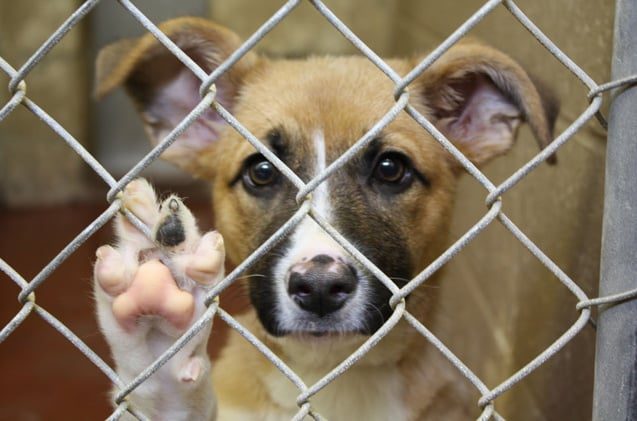

Rescue Ethics
I’ve commented before on how I’ve noticed the quality of shelter dogs degrading, while the competence of new owners seems to be doing the same. These anecdotal observations are impossible to quantify, to be sure- but as a behaviorist with over twenty years of experience, I sense them nonetheless.
With regard to the “quality” of dogs available, let me explain. In the past, shelter dogs who needed training generally were good natured animals with poor obedience, lack of focus, and perhaps housetraining and destructive issues. Breed types were across the board, instead of fixated on bully breeds. They were good dogs, with no sense of rules or routines.
Shelter dogs twenty years ago generally came from environments where the idea of neutering was at best an afterthought. Two decent, unsupervised dogs got together, a litter of unwanted puppies arose, and viola, the local shelter had eight babes up for adoption. Some of these dogs at around six or eight months of age would come back to the shelter because of misbehaviors, or because the owners had adopted on a whim, and realized that a dog was a full time job, and not an impulsive desire. For the most part they were decent dogs with a need for training and routine, that’s all.
Today, I see much more serious behavioral issues- profound separation anxiety, hyper vigilance, and, most of all, antisocial behavior, especially dog-on-dog aggression. Many dogs I see, in addition to being untrained and ill focused (largely nurture issues), have engrained, hereditary faults that make living with them a function more of behavior management than of ever really “fixing” a problem. You can’t “fix” a child with autism or bipolar disorder- you can only manage with education and pharmaceuticals. Doing so is a skill most dog aficionados do not possess.
Today, shelter dogs aren’t just unwanted puppies, or untrained throwbacks. For sure, they are unwanted, but many of them come from far more nefarious origins. Witness, for example, how many of them are pits, pit mixes, or some other type of bully breed, discarded by or rescued from street thugs. Even dogs advertised by shelters as “lab crosses,” or “boxer/retriever” mixes are in reality pit variants of some type. Why? Because an underground economy of dog fighting has exploded in the past 20 years, especially in the inner cities. Fighting and “bait” dogs abound, and rescue organizations, much better at what they do today than ever before, bring them into shelters by the thousands. Terribly bred, terribly treated, and predisposed to aggression and deep-seated behavioral problems, these dogs are, to say the least, problematic.
And then, they are adopted by persons suited more to a sweet, sociable Lab or spaniel than to a high maintenance, potentially aggressive dog needing lots of work and supervision. Often much busier than dog owners of the past, two-income couples or single individuals simply don’t have the time or experience to deal with fear aggression, dog-on-dog violence, or other profound behavioral issues. In over their heads, they may spend hundreds or even thousands on trainers, behaviorists, and veterinarians, to no avail, only to end up euthanizing the genetically inferior dog.
My question is this: are today’s shelters, in trying to save as many dogs as possible, placing dogs up for adoption who are simply not adoptable, or sending problem dogs home with persons incapable of dealing with aggression, or other engrained issues? In an attempt to raise their adoption rates, and satisfy an ideological stance, are they hurting more than helping? In relabeling a dog a “lab cross” or a “terrier mix,” and advertising it as such, are they being ethical stewards?
Discuss…
Join the newsletter and never miss out on dog content again!
"*" indicates required fields
By clicking the arrow, you agree to our web Terms of Use and Privacy & Cookie Policy. Easy unsubscribe links are provided in every email.